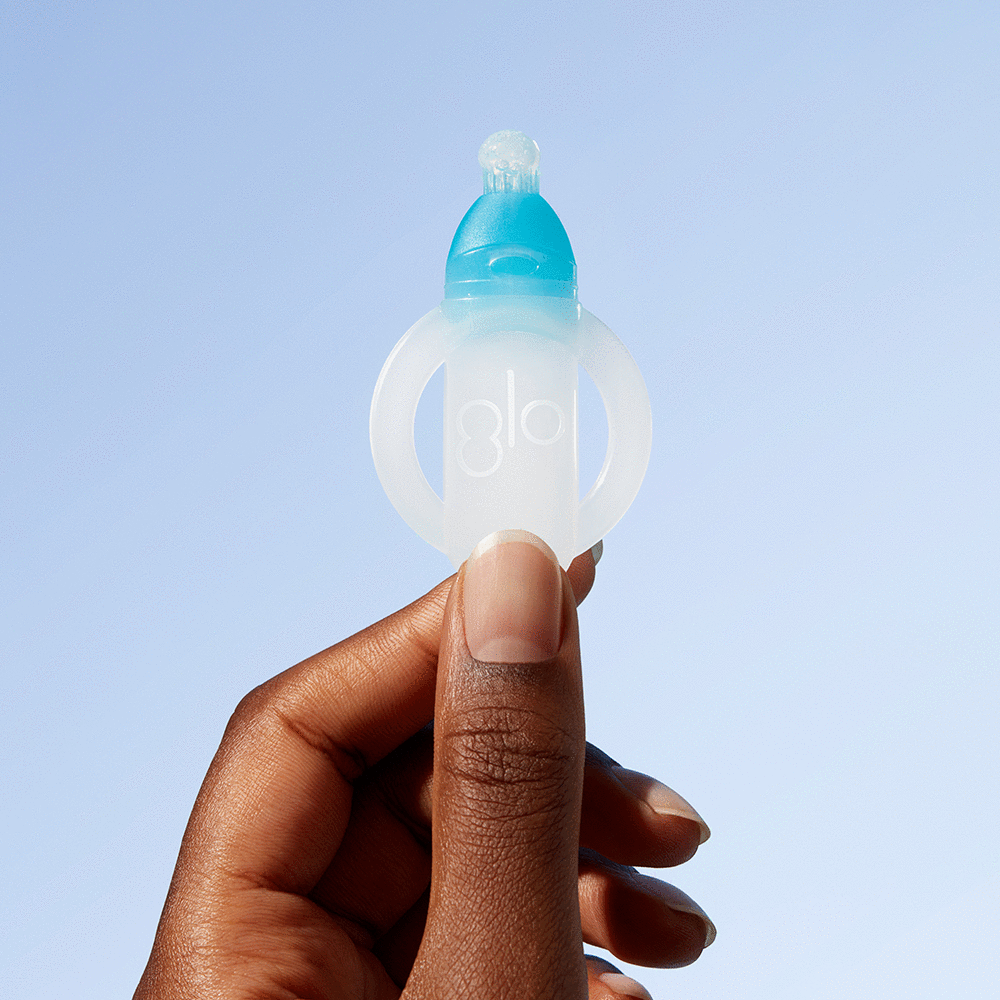Teeth whitening is one of the most common cosmetic procedures today, making teeth whitening a multi-billion dollar industry. It’s no wonder why so many want to brighten their smiles: a glowing smile leaves a positive first impression, improves overall appearance, and boosts confidence. There are many methods to whiten teeth: professional teeth whitening, at-home devices and treatments, and even natural, DIY treatments. Many people test out at-home, natural teeth whitening methods, which are generally very cost-effective and safe.
What’s the best way to whiten teeth naturally? Keep reading to find out!
Natural Remedies To Whiten Teeth
Before undergoing whitening treatments, it’s helpful to learn what causes yellow, discolored, or stained teeth and avoid risk factors damaging and staining your enamel. Genetics, diet, and daily habits are all causes of tooth discoloration.
Surprisingly, genetics play a role in overall enamel shade. Be mindful of your starting shade when whitening, as everyone has a different genetic starting point in tooth enamel shade. Genetics may also cause your teeth to become stained or discolored more quickly, or turn more yellow or gray. Porous tooth enamel, which is genetic, allows acidic and stain-inducing substances to seep into the enamel and discolor teeth. While you can’t manipulate these traits, you can be mindful of them to refrain from over-bleaching your teeth and give you more motivation to change factors in your control, like diet and daily habits.
Your diet doesn’t just impact your overall health: it has a large influence on your enamel shade. Foods that are sticky, cling to teeth, causing plaque build-up and discoloration teeth. In addition, acidic or dark-colored beverages like wine, juices, soda, coffee, and tea are highly staining. To reduce the potential for teeth staining, you may want to reduce your intake of these beverages or follow up with lots of water to rinse away some of the acidic, discoloring residues from teeth.
Along with genetics and diet, your daily habits influence your pearly (or not-so-pearly) whites. For example, smoking and tobacco use are highly staining, as well as not drinking enough whiter and not following a proper oral hygiene routine can cause staining. To buff away stains and reduce discoloration, consider quitting smoking and reducing consumption of stain-causing foods. You may also want to up your water intake and chew gum after meals.
Traditional Oral Hygiene
Teeth whitening improves the shade of your tooth enamel, but it’s critical to begin with proper oral hygiene practices to keep teeth strong and healthy. A standard hygiene routine helps remove surface plague and debris and buff away superficial stains. The gold standard of daily dental hygiene is twice-daily brushing with a soft bristle brush and fluoride toothpaste, followed by gently flowing between teeth, and finishing with a fluoride rinse for a full-mouth clean. In addition, it’s imperative to keep up with twice-yearly dental visits and cleanings. During these visits, your dentist can remove plaque build-up, assess problem areas, and assess any therapeutic work that may need to be done.
Brushing With Baking Soda
Not only is baking soda a household staple with uses for baking and cleaning - but it’s also an excellent natural teeth whitener. Baking Soda has been used to whiten teeth for decades due to its abrasive-but-gentle texture, perfect for buffing away surface stains. Baking Soda is the common name for sodium bicarbonate, a chemical compound that comes in the form of a fine white powder.
Baking soda has anticaries which prevent tooth decay, and an abrasive agent that sloughs away plaque and removes surface stains. For this reason, baking soda also neutralizes acid in the mouth, which may help to reduce discoloration.
To brush teeth with baking soda, simply make a gritty paste by mixing a teaspoon with a small amount of water. Dip a soft-bristle toothbrush into the paste, then brush as normal. This mixture will clean, neutralize acid, and remove surface stains as you brush. Follow up with your regular brushing routine with toothpaste and rinse thoroughly to remove any baking soda’s residual grittiness or alkaline taste. This method is gentle enough to use daily and enamel-safe - you can even use it each time you brush your teeth.
Baking soda is safe and affordable, and you likely have all that you need to get started whitening with baking soda immediately. However, this method will likely not yield impressive results. Baking soda is best reserved for subtle whitening and is not the most effective treatment for those looking to enhance the shade of enamel dramatically.
Dietary Changes
As stated before, your diet can heavily influence the shade of your enamel. Some foods help to fight discoloration, while others actively contribute to staining.
Foods that Whiten Teeth Naturally
A healthy diet contributes to your health, brightens your smile, and helps to buff away stains. Foods that help to whiten teeth naturally include:
Foods that Contribute to Teeth Staining
You’re likely well versed in avoiding certain foods to benefit your heart health, but there are also foods and drinks you may want to consider swapping out to keep your smile bright. Foods and beverages that contribute to teeth staining include:
Oil Pulling
Oil pulling is a traditional Indian remedy that has gained massive popularity in recent years, and for a good reason. This easy, at-home teeth whitening method is safe on enamel and gently brightens teeth. Simply swish a tablespoon of coconut oil in the mouth for 15-20 minutes to begin oil pulling. While this process can be lengthy, the mild flavor is more favorable than harsher ingredients.
The main benefit of oil pulling is a reduction of plaque-causing bacteria in the mouth, which reduces the appearance of stains and prevents new stains from forming. While results may not be instant, it is a gentle way to incorporate whitening into your daily routine and helpful for those with sensitive teeth.
Hydrogen Peroxide
Hydrogen peroxide is an active whitening agent in many professional and over-the-counter whitening products that can also be used at home to whiten teeth naturally. Hydrogen peroxide doesn’t just slough away surface stains but chemically bleaches enamel to reveal a whiter appearance. You likely already have this first-aid staple at home - it costs just a few dollars and can be found in pharmacies and grocery stores.
To use hydrogen peroxide to whiten teeth naturally, you can use it to create an exfoliating toothpaste or simply swish with hydrogen peroxide to whiten. Hydrogen peroxide paste can be formed by combining household concentration hydrogen peroxide with baking soda until gritty paste forms, then using it to brush teeth as usual and followed by a thorough rinse. To use hydrogen peroxide as a whitening rinse, simply swish with a capful of hydrogen peroxide to disinfect the mouth and brighten teeth.
Hydrogen peroxide is a common active ingredient in professional whitening products. However, to get the most effective, safest whitening from home, you may want to consider using a dentist-formulated whitening product.
Questionable Methods
There are many effective at-home methods of natural teeth whitening. However, many not-so-salient remedies have also gained popularity. The appeal of these methods is often cost, perceived safety, and ease of use. However, their efficacy is up for debate. Some questionable ways of natural teeth whitening include:
- Essential Oils for Teeth Whitening: Essential oils are safe to use when appropriately diluted but have not been known to whiten enamel effectively.
- Whitening with Activated Charcoal: Activated charcoal has become wildly popular, in part due to its surprising appearance. This black powder substance is often used as a powder application to buff at teeth or as part of toothpaste. However, it has not been shown to whiten teeth.
- Apple Cider Vinegar Teeth Whitening: Apple cider vinegar has many applications and is beneficial to your overall health. Unfortunately, this natural remedy is not known to whiten teeth. Additionally, it’s acidic composition may erode tooth enamel, leading to more staining down the line.




